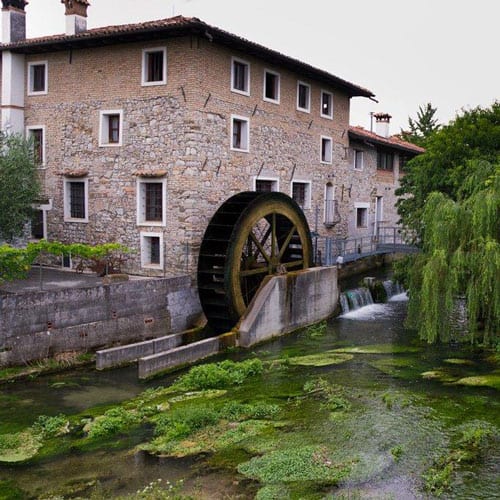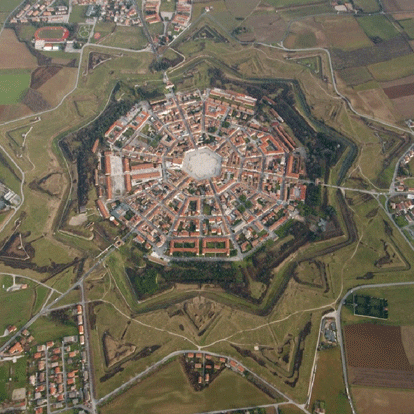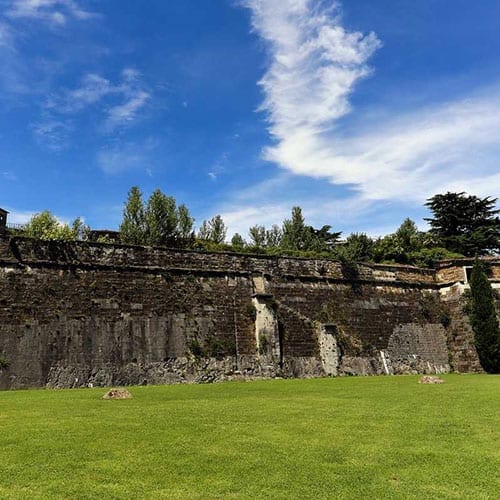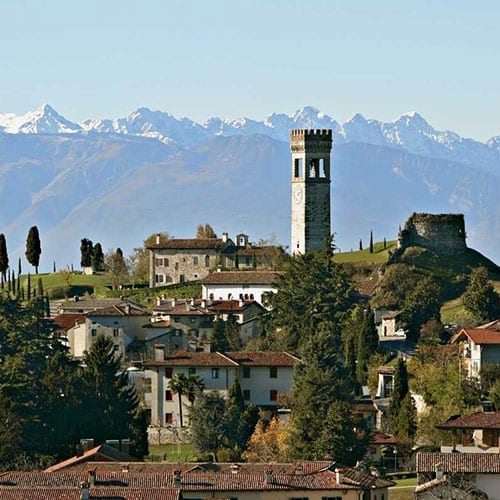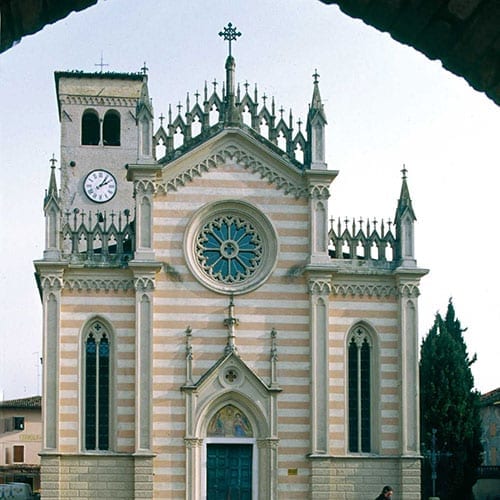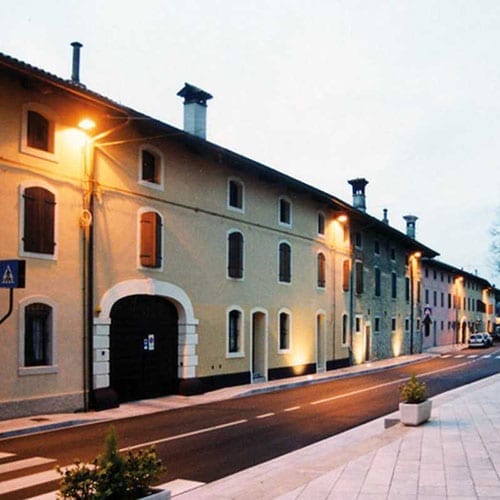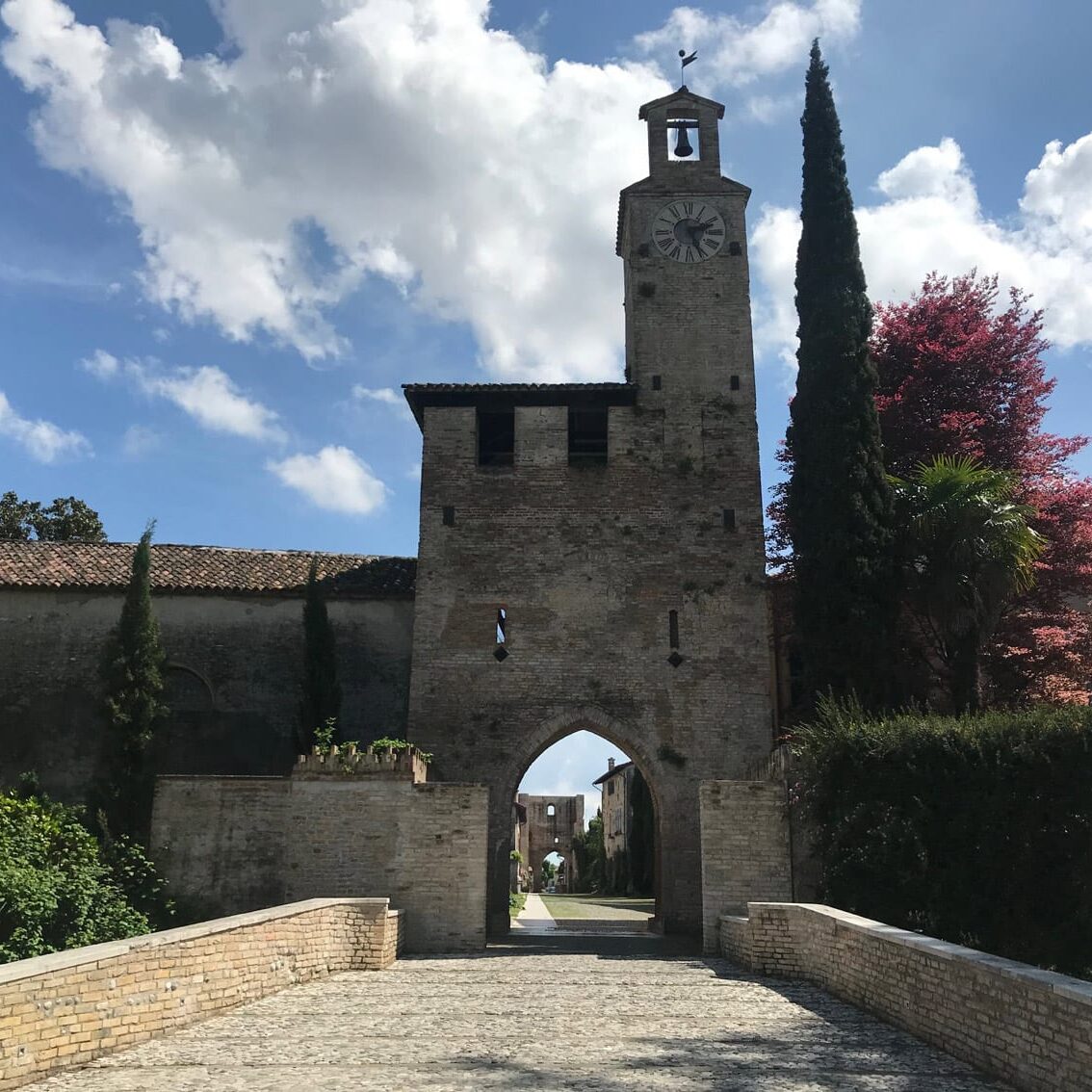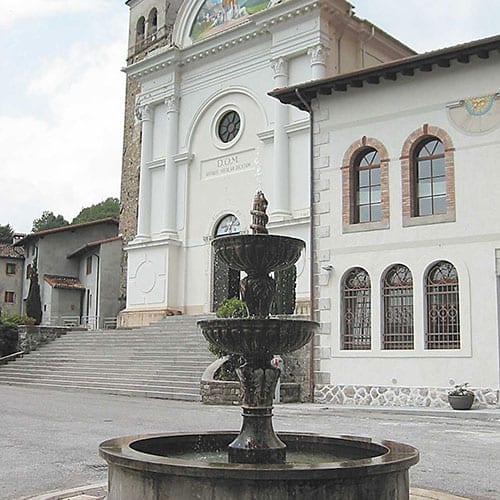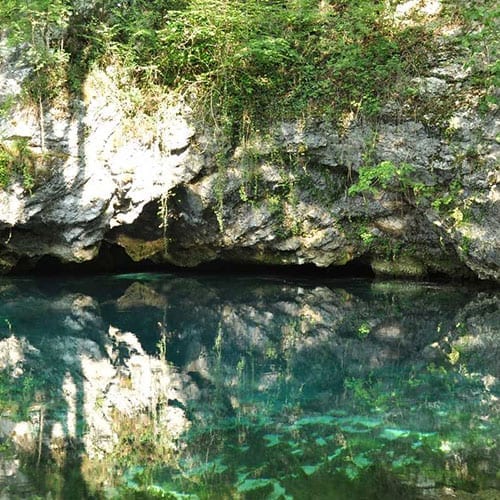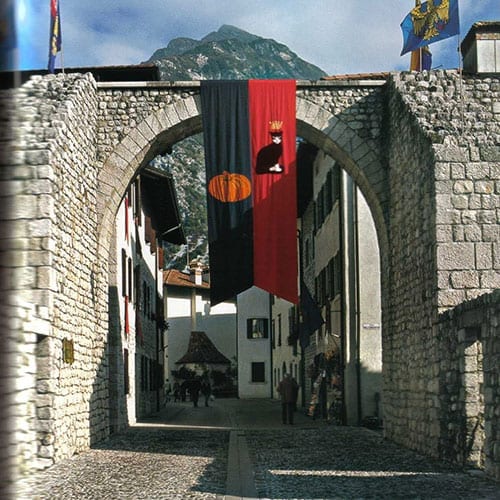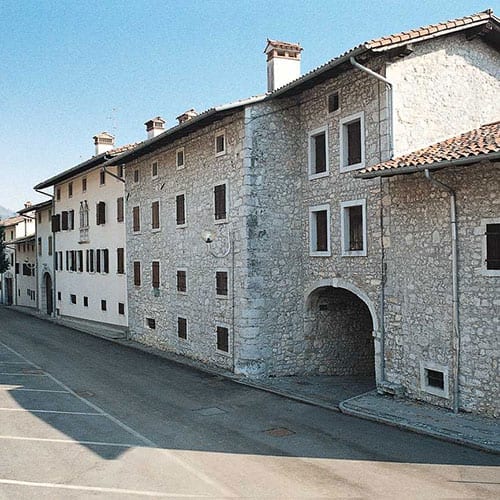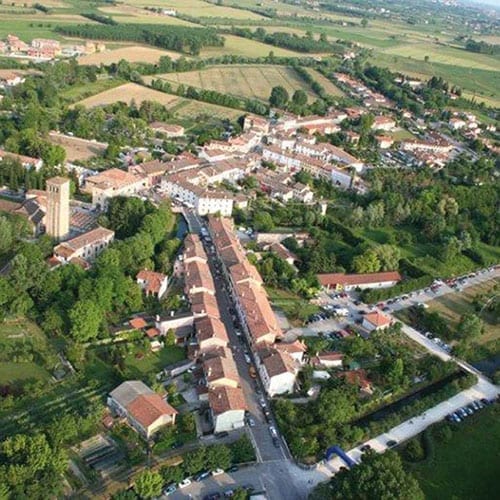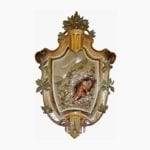 Sappada Vecchia – Plodn
Sappada Vecchia – Plodn
MUNICIPALITY OF SAPPADA
(Province of Udine)
Altitude
mt. 1250 a.s.l.
POPULATiON
1340
tourist information
Tourist office – Proloco Sappada, Borgata Bach , 9 – Ph. 0435 469131
prolocosappada@gmail.com
www.sappadadolomiti.com
www.altedolomiti.it
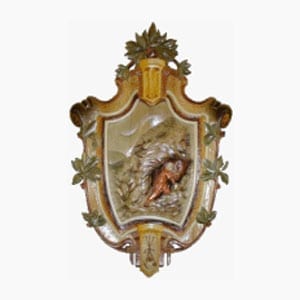 The name Sappada comes from Žepod’n, the German dialect name of the current village of Cima Sappada. Its origin could come from zum poden, meaning “on the plateau”. According to others, Plod’n (Sappada in the local idiom) is connected to the Piave river (Plavis) that is born here, derived from the Indo-European root plou, “flow” (of water).
The name Sappada comes from Žepod’n, the German dialect name of the current village of Cima Sappada. Its origin could come from zum poden, meaning “on the plateau”. According to others, Plod’n (Sappada in the local idiom) is connected to the Piave river (Plavis) that is born here, derived from the Indo-European root plou, “flow” (of water).
Sappada surely belonged to the Patriarchate of Aquileia. It is likely that it was founded by the Tyroleans who emigrated from the Sillian area, attracted by the iron mines mentioned for the first time in 1334 and active until the late twentieth century. The colonization began with the construction of 14 farms, corresponding to the current hamlets, which actually are 15 because one was added later.
Sappada is a village born from wood. The characteristic of Sappada Vecchia is the well-preserved traditional architecture: it is the so-called “Blockbau” structure, typical of German culture: the houses are almost entirely made of wood, with horizontal beams embedded at the corners and resting on a stone base. Below is the stable, above the barn. The roof is made of shingles.
Many houses correspond to this typology, even those of more recent construction or restoration, in the hamlets of: Mühlbach (where the Ethnographic Museum is located); Cottern (where the house s’Krumpm dating back to the end of the 17th century stands); Hoffe (with the house s’Greatlan dating back to the first half of the 18th century); Fontana (with the house s’Paulan – 1737); Kratten (with the beautiful complex of the second half of the seventeenth century and the Gott Paurn house dating back to 1634, one of the oldest); Soravia (with a barn-stable – 1778); Cretta (with the Museum-House of Rural Civilization in a Blockhaus – 1825, built entirely of wood with stone base); and last but not least, Cima Sappada. The latter is located at an altitude of almost 1300 meters in a panoramic position over the valley. It preserves a perfectly maintained late eighteenth-century Blockhaus, Spanglar’s Haus, which has been open to the public for some years now: the house has remained as it was, with its old stone fireplace and smokehouse. You can also visit the old dairy Zepodar Sende, with the museum housed in a 1650 house, almost intact. Not far from the village, along the course of the Piave river, a sawmill and a water mill are evidence of the rural civilization.
The church of Sant’Osvaldo at Cima Sappada dates back to 1732, with an open portico on the sides as in the religious buildings of Carnia. The villages are scattered with small churches, crucifixes, paintings and sacred signs, as well as fountains (each village has its own) and small chapels, the oldest of which (1726) is in the hamlet Bach.
Among the hamlets of Sappada Vecchia, Cima Sappada is the one that presents the greatest number of architectural monuments of the seventeenth and eighteenth centuries, including a manor house in masonry. Cima Sappada was chosen by American director Terrence Malick as the set of his film Radegund, set in Nazi times, because of its appearance as an authentic alpine village with wooden houses.
The sources of the Piave river are located in the high Val Sesis, at 1816 meters above sea level under Mount Peralba and on the border with Austria, just 8 kms from Cima Sappada. In the area you can see some fortifications of the Great War.
Do not miss to have a pleasant walk along the Mühlbach stream at the end of the route, which is illuminated by waterfalls and small wooden bridges at night in summer months.
Restaurants, mountain huts and refuges all offer the typical local cuisine which, as per the Germanic style, prefers melted butter. Cold cuts and smoked cheese prevail over those salt-preserved. Combined with polenta, sour ricotta flavoured with aromatic herbs is present in many traditional dishes, also as a filling in pizzizati, a kind of ravioli (dumplings).
Carnival is the most popular among winter events. It takes place in several stages: the Sunday of the Poor, the Sunday of the Peasants and the Sunday of the Lords. The masquerade is total and nobody discovers their face during the festival. The heavy wooden mask that covers the face alters the voice and makes it rumble. The guiding mask is the Rollate, an imposing character, dressed in a dark sheepskin fur reminiscent of the bear’s coat and with horizontal striped trousers made from the cloth used to cover the herds in winter.
The ski slopes are frequented mainly by families with children. The Sappada ski area offers five chairlifts and eight ski lifts for a total of 20 km of slopes connected by a ski bus service.


